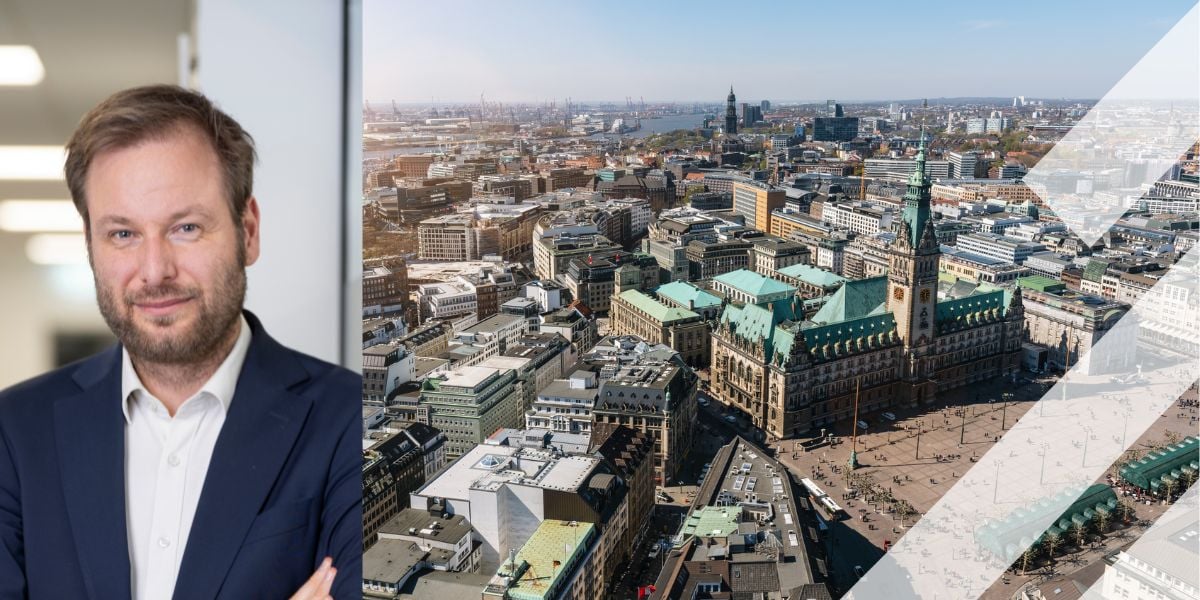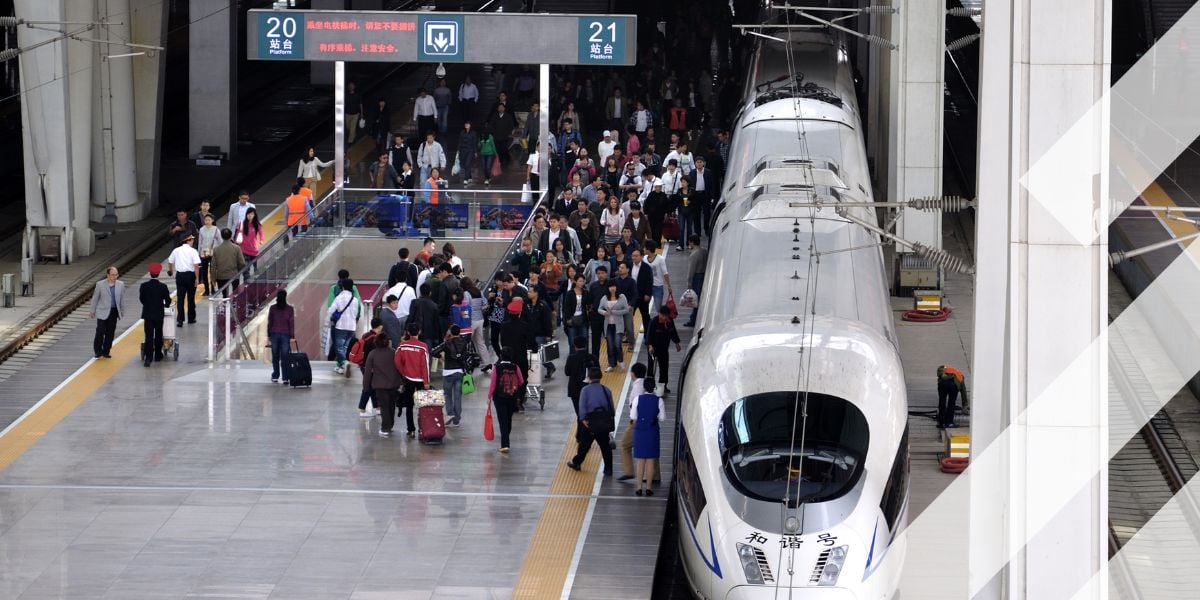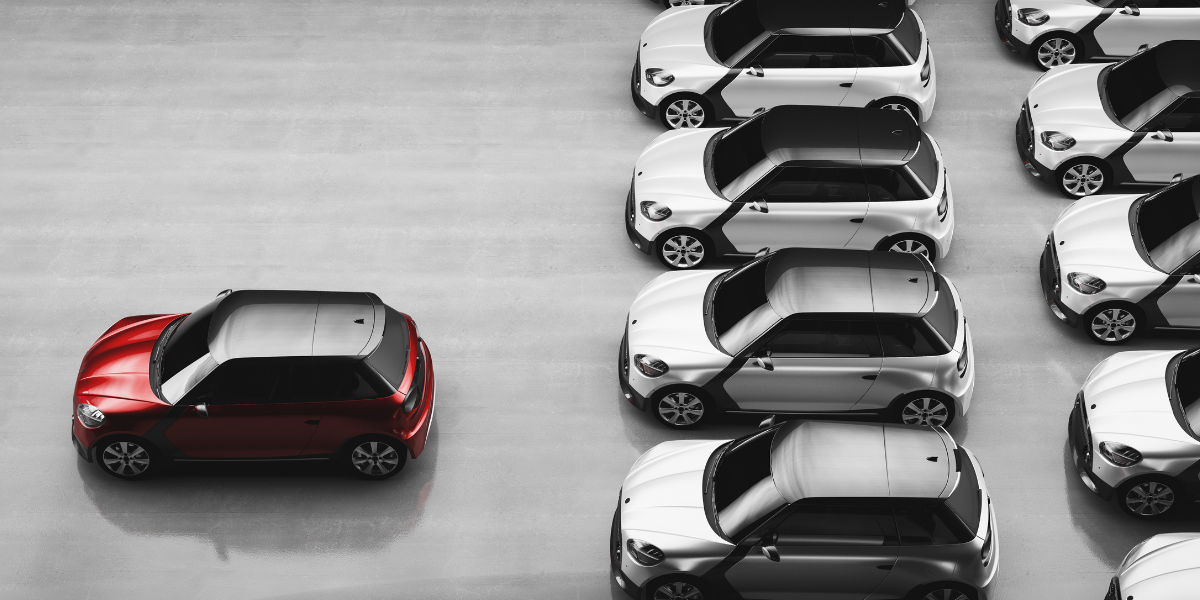The Role of Mobility Hubs in the Future of Urban (Air) Mobility
Mobility hubs are at the core of shaping the future of transportation, providing essential infrastructure that integrates different modes of transit seamlessly. Roel Brandt, Manager Mobility Consultancy at Antea Group, shares his insights into how these hubs are evolving to address the challenges of modern urban (air) mobility and why they are crucial for the future of our cities. He offers a closer look at the practical steps needed to integrate 3D concepts into existing mobility hubs and transform these concepts into reality, ensuring they are not only connected to ground-based modalities but also integrated with the lower airspace.
Brandt sees mobility hubs as the next logical step in integrating new forms of air mobility into our cities. He draws a parallel between modern mobility hubs and the evolution of railway stations in the past: initially simple stops that have grown into sophisticated interchanges connecting various forms of public transport. Similarly, he argues that while we envision comprehensive, high-tech hubs with a variety of transport modes coming together, it is more practical to start small—focusing on micro-hubs that can facilitate specific needs such as medical supply deliveries or urban logistics.
According to Brandt, the key to the successful development of mobility hubs lies in a gradual, layered approach. He emphasizes the need to avoid "overpromising" about the capabilities of hubs from the beginning. Instead, he advocates for implementing smaller-scale pilot projects—such as drone-in-a-box setups—to test functionality, public response, and compliance with environmental regulations. These pilots can demonstrate how new modes of transportation, including drones, can function as an integrated part of the mobility system, without overwhelming communities with large-scale infrastructure projects from the start.
Small Steps for Big Changes
A recurring theme in Brandt's vision is starting small and scaling based on real learnings from these implementations. He suggests that a drone-in-a-box concept, where drones can operate for targeted purposes such as environmental monitoring or medical deliveries, can serve as a scalable, effective micro-mobility hub. He highlights the medical drone projects as a prime example of where these small steps have tangible societal benefits. Brandt notes that, while medical drone projects are still limited in scale, they have successfully connected remote hospitals, demonstrating the utility of integrating air mobility into urban logistics systems.
Brandt also touches on the importance of public perception and local buy-in for these projects. He describes situations where communities have shown practical concerns—for example, a farmer worrying about the noise of drones affecting his livestock. This kind of local feedback is crucial for adapting the deployment of new technologies to minimize disruption and build public trust. As Brandt suggests, involving the community not only in the consultation phase but also in the testing and development of hubs will help refine the concept in a way that is locally acceptable and functionally effective.Bridging Air and Ground Mobility
Another critical aspect of mobility hubs is how they bridge air and ground mobility. Brandt points out that the aviation and urban planning sectors must come together more effectively. He believes that while air mobility—such as drones and future aerial vehicles—needs to be developed with strict adherence to aviation safety standards, the integration of these systems into our cities demands deep knowledge of local urban infrastructure and development, including roads, bicycle lanes, and even pedestrian pathways.
This need for collaboration is what drives the Antea Group’s involvement in mobility hub projects. The organization combines expertise from both air and ground mobility sectors, ensuring that each new hub meets the dual demands of aviation safety and urban integration. For example, decisions about drone flight paths must consider both environmental impact—such as potential disturbances to local bird populations—and technical aspects, like safe take-off and landing locations that do not interfere with existing infrastructure.
Brandt also draws attention to the "third dimension" of urban air mobility, which many planners still overlook. For instance, while much attention has been focused on optimizing traffic flow on streets and designing efficient bike and pedestrian pathways, relatively little thought has been given to how air mobility might interact with this landscape. He stresses the importance of considering these air mobility corridors now, even if they will not be fully realized for several years.The Path Forward
Brandt is optimistic about the future of mobility hubs and the promise they hold for sustainable urban (air) transportation. He believes that shared enthusiasm from all stakeholders is essential to overcome the regulatory and infrastructural hurdles that currently slow the adoption of new technologies like drones and other autonomous systems. This collective enthusiasm, paired with a "long breath" approach—a willingness to keep pushing forward despite obstacles—is what will ultimately help mobility hubs become a vital element of urban infrastructure.
Brandt’s vision for mobility hubs offers a pragmatic, phased approach that focuses on proving concepts at a small scale, learning from these projects, and then scaling them up. The goal is to gradually build a mobility network that efficiently connects various modes of transport—land, water, and air—into a seamless and sustainable system. As Intertraffic continues to showcase advancements in urban mobility, the insights shared by experts like Brandt underscore the importance of innovation grounded in practical implementation and local community engagement.
Mobility hubs are indeed set to redefine the urban landscape, but as Brandt reminds us, getting there will require thoughtful planning, rigorous testing, and a shared vision among all stakeholders involved.
Share your story
Do you have an innovation, research results or an other interesting topic you would like to share with the professionals in the infrastructure, traffic management, safety, smart mobility and parking industry? The Intertraffic website and social media channels are a great platform to showcase your stories!
Please contact our Sr Brand Marketing Manager Carola Jansen-Young.
Are you an Intertraffic exhibitor?
Make sure you add your latest press releases to your Company Profile in the Exhibitor Portal for free exposure.






